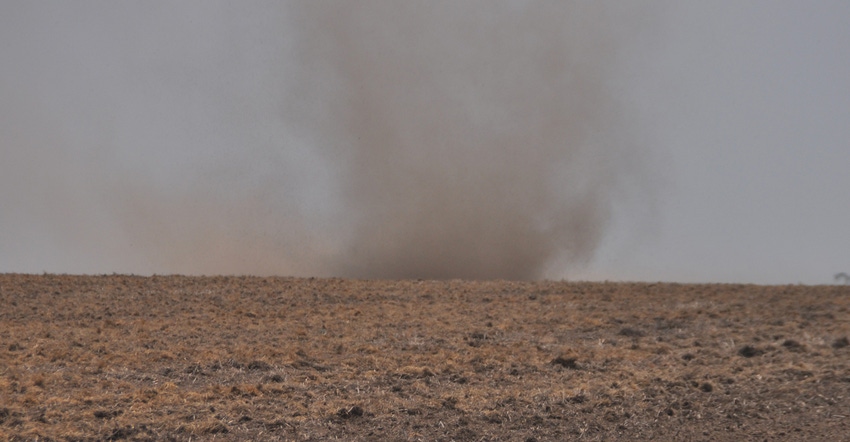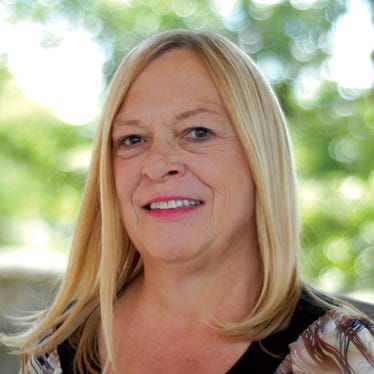
La Niña is strengthening and is expected to continue through the winter and into spring. The worsening U.S. Drought Monitor map of Kansas shows that the result is as predicted: almost two-thirds of the state is in moderate to extreme drought, with the worst conditions in northwest Kansas.
While dry winters are commonplace in Kansas, the winter of 2020-21 has, so far, also been warmer than average, which also is an expected impact from a strong La Niña.
La Niña conditions develop where there is a cooling of the surface waters in the equatorial Pacific Ocean. It is the cool side of the El Niño-Southern Oscillation (ENSO) pattern. A warming of the surface waters creates an El Niño, which generally brings warmer- and wetter-than-average conditions in Kansas.
The hardest-hit region of Kansas is the northwest corner, with drought also impacting the westernmost tier of counties, where drought has reached the “extreme” category. Severe and moderate drought impact wide swaths of the state, with only 14 % of the state free of any degree of drought.
The impact on the 2021 winter wheat crop is of the most concern during the winter. Dry conditions in the fall meant much of the crop emerged late and didn’t achieve a lot of fall growth. Drier conditions going into spring could have a major impact on tillering and yield.
Just how long La Niña will linger remains uncertain, with the weekly ENSO discussion suggesting that most computer models show it lasting well into March, with a 50-50 chance that conditions will moderate to neutral later in the spring.
Worries all around
The likelihood of going into spring with very dry conditions has created worries on several fronts, from the threat of wind erosion on bare fields, to the increased danger of wildfires, the impact on winter wheat and the chances of getting fall crops off to a good start.
The prospect of lingering drought has farmers in northwest Kansas, where conditions are worst, concerned, as Groundwater Management District 4 enters a new growing season with a districtwide Locally Enhanced Management Area in place.
“The wheat crop is dormant right now, but it does need moisture. We do have a forecast for a little event coming up, maybe a couple of inches of snow. We’ll take anything we can get at this point,” says Shannon Kenyon, executive director of GMD 4.
She says different producers are at different points in how worried they are becoming.
“It just depends on what they had available as they drilled last fall,” Kenyon says. “Some of them had a previous crop that had just been harvested. Others were fallow through the summer months. Each person gets worried at a different point. But we are keeping an eye on it for sure, and we’ve got our fingers crossed for spring rains.”
She said impact on the LEMA probably won’t be severe, because a succession of wetter-than-normal years has enabled most producers to bank quantities of water that will help them make it through a drier year.
The district will be taking well measurements after the first of the year, and will know more about where the aquifer stands at that point and how producers need to react.
In addition, Kenyon says the district is working on producing videos and other online content to help producers learn more about the technologies and practices available to help them reduce water usage.
“It’s been a tough year, with fewer field days and learning opportunities than in other years,” Kenyon says. “We believe that getting some of the farmers who have been in the Sheridan 6 [the state’s first LEMA] to share what they have learned will be valuable.”
About the Author(s)
You May Also Like






